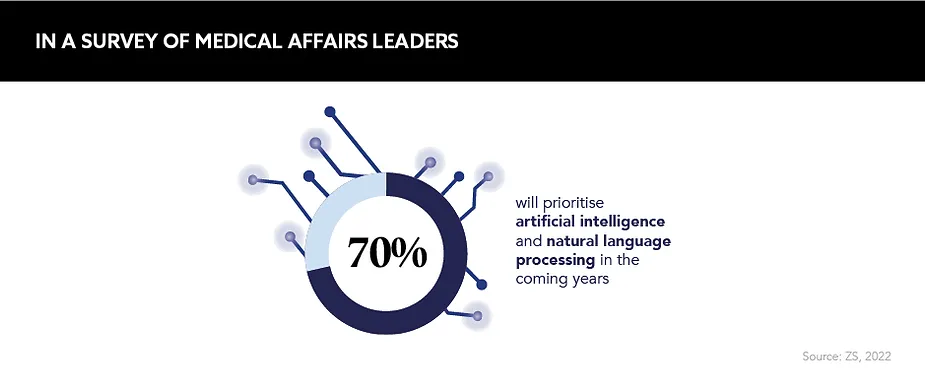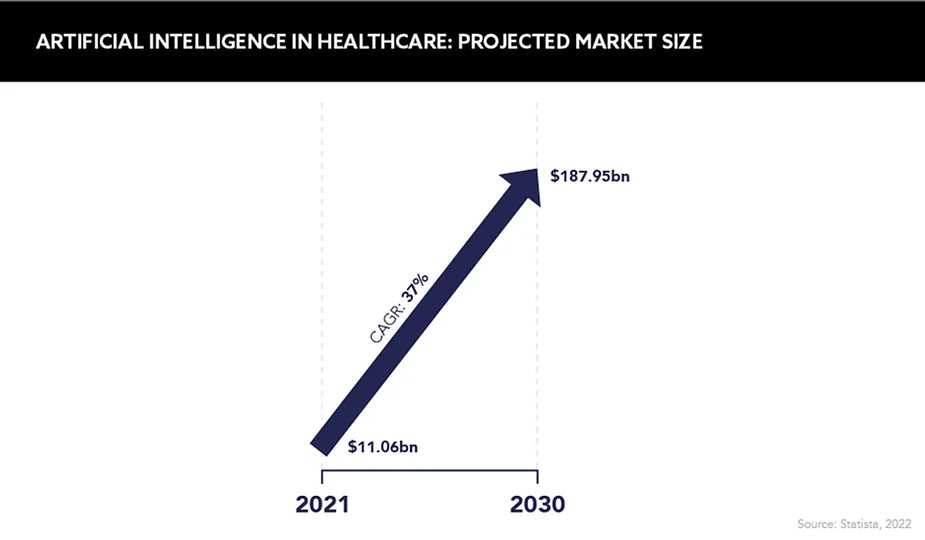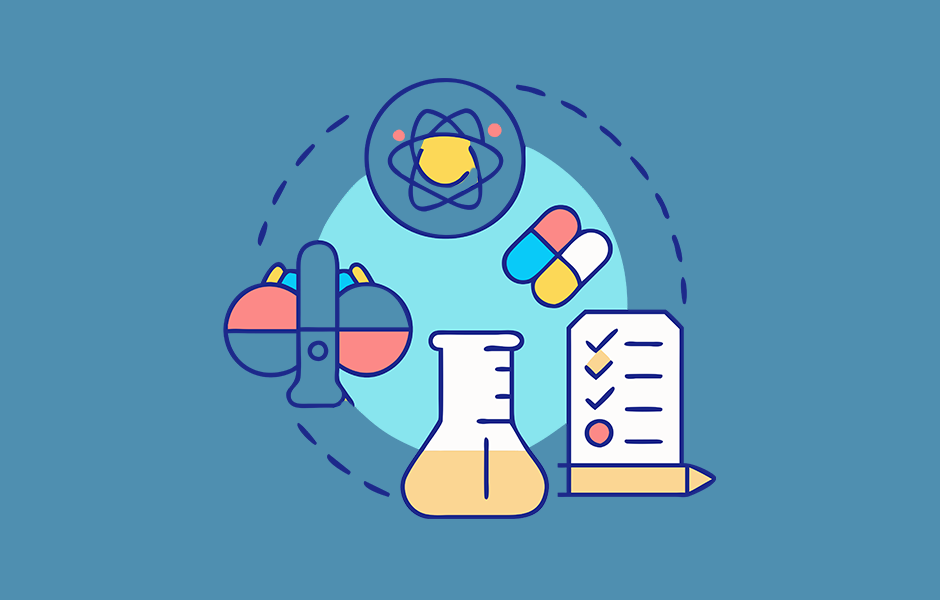The world of artificial intelligence holds buckets of potential for medical affairs teams, but how can companies adopt technology correctly to meet their needs?
Words by Isabel O’Brien
A new year is a time to ditch bad habits and cultivate new ones, and a widely held view is that the attitude of medical affairs teams towards artificial intelligence is in need of a considerable refresh.
As MA underwent a significant digital transformation during the pandemic, its ability to gather data on customers and patients expanded to new levels, but mechanisms to extract insights from this data and deliver value to organisations continue to trail behind.
“We are at the point in time where we are seeing a big shift in digital transformation and the technology has matured enough to provide new avenues to explore,” affirms Michelle Bridenbaker, Global Head, Global Medical Information and Communications, Idorsia Pharmaceuticals, speaking at NEXT Pharma Summit’s Next Normal event in December 2022.
Implementation opportunity
This increase in data banks creates opportunity, but there are challenges to be considered too. According to Rasim Shah, Director and Chief Revenue Officer, OKRA: “MA is very good at collecting the data, but the value proposition, for the large part, is still manual. It’s not scalable,” he says, also speaking at NEXT Normal.
MA is very good at collecting the data, but the value proposition, for the large part, is still manual
Take MSL interactions, for example. If an MSL holds a virtual meeting with a healthcare professional, then uploads a transcript of their conversation to the CRM system, there is an opportunity for that transcript to be compared with others to find common themes. However, as it stands, that transcript is more likely to be looked at in isolation, if at all, therefore limiting the value that can be extracted.
“The way that information from a single engagement leads into action is not very well defined,” admits Shah. “And it’s not well tracked in many organisations either.” It’s not that MA teams are incapable of comparing engagements and identifying patterns – far from it – but rather they lack capacity to analyse the volume of data being generated in an ever-increasing digital age.
This is AI’s stronghold, it relishes volume and complexity of data, but there are factors for MA teams to ponder before channelling energy and resources into adopting these solutions. “The biggest issue is knowing what to do with all this technology,” says Bridenbaker. “I think there’s a lot of focus on AI, and it’s always been a buzzword, but people don’t understand it.”

Adoption challenges
A survey by the Edelman AI Center of Expertise showed that 63% of the US population know that robots use AI. However, only 38% believe that computer vision uses AI and only 37% believe that natural language processing uses AI. In short, while respondents could associate robots with AI, they did not realise AI was the technology that allowed these to function.
This illustrates an issue with AI: people view the technology through a naïve lens. Often, adopters will know the ‘why’ for seeking a solution, but not the ‘how’ of getting to it. For example, MA’s data would need to be structured correctly before an AI tool could provide meaningful insights and improve results. Shah highlights this as a potential trap for MA teams.
“Organisations, generally speaking, have not built this technology into their processes,” he says. “The data is not collected in such a way to inform the AI to find patterns in the data.” Therefore, it is crucial decision makers understand the steps required to implement AI to avoid unexpected and costly hurdles further down the line.
As you implement these programmes, it’s important to take a ‘crawl, walk, run’ approach
In addition, it must be understood that AI is not a magical, autonomous tool and MA teams should be educated to know specificity is key and that they will need to identify precise endpoints for the AI to reach. “You need to have a question. Look at the information you already have to get some inkling of what you’re hoping to glean,” Bridenbaker advises.
Indeed, precision is integral to extracting the best outcomes from AI tools, and it’s a incremental process rather than an instant repair for widespread inefficiencies. “As you implement these programmes, it’s important to take a ‘crawl, walk, run’ approach,” adds Bridenbaker. She recommends starting small and building up to bigger projects to drive maximum value from investment.
Achieving buy-in
Technical considerations must be kept in mind, but harmonising team and machine is another factor to nail before chasing implementation.
Shah is a firm believer that AI exists to “empower people to do the thinking part”, but not all mindsets will look on it so favourably. In this way, AI should be explained as a tool to help employees cut menial tasks in half and become more efficient at their jobs – not redundant.
Challenging the sceptics, Bridenbaker offers some benefits for MA in particular. “With AI, we enable ourselves to be more effective and more present with the customers, but also to create the content and really understand what they need.”
AI is a friend, not a foe, but it is one that needs to be introduced with caution, so it becomes a help rather than hindrance to MA’s insight activities.










